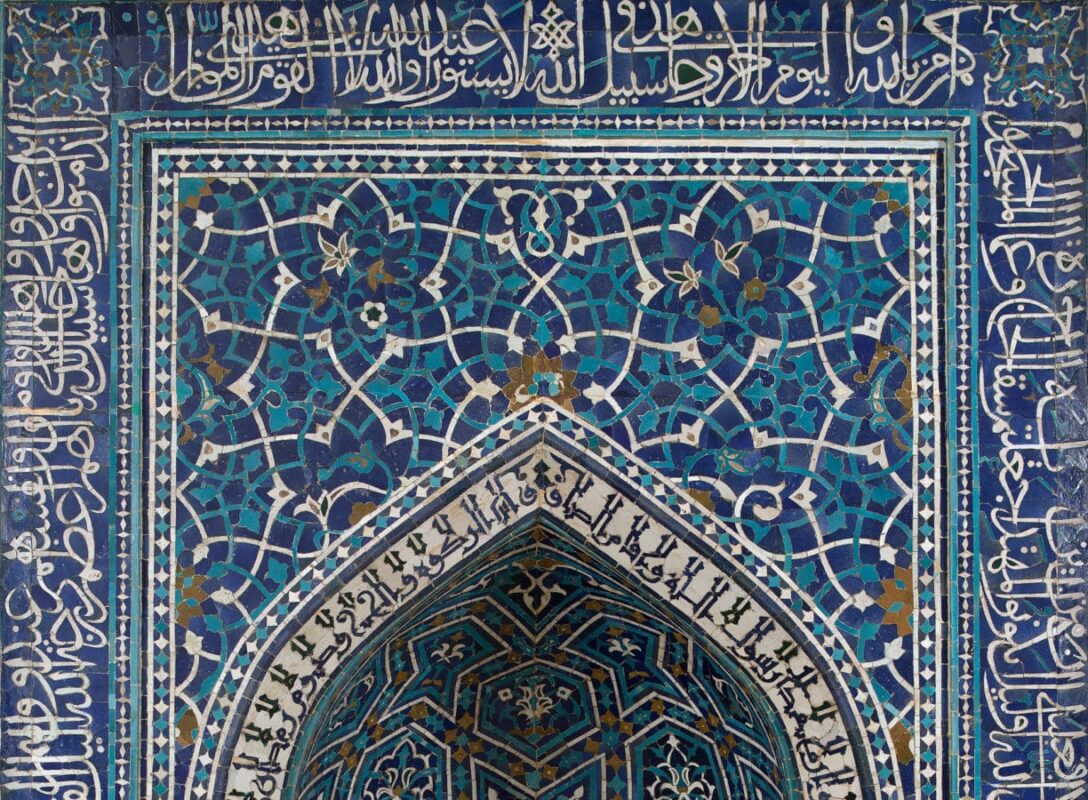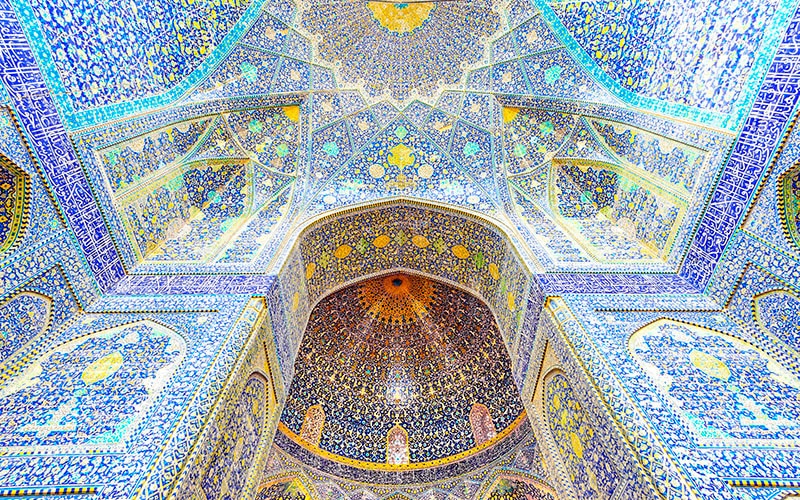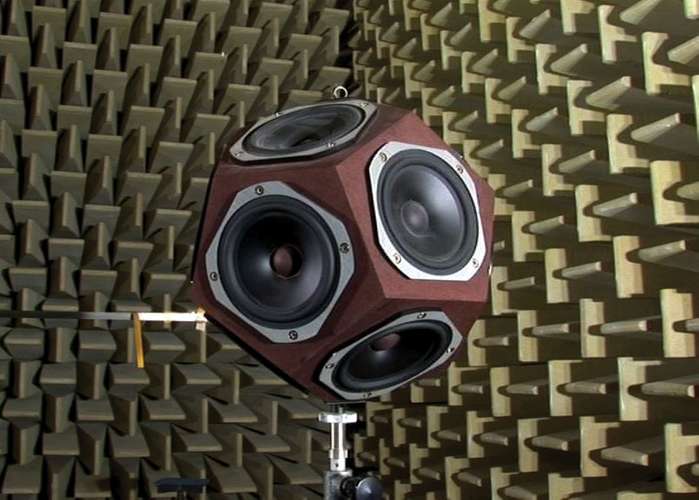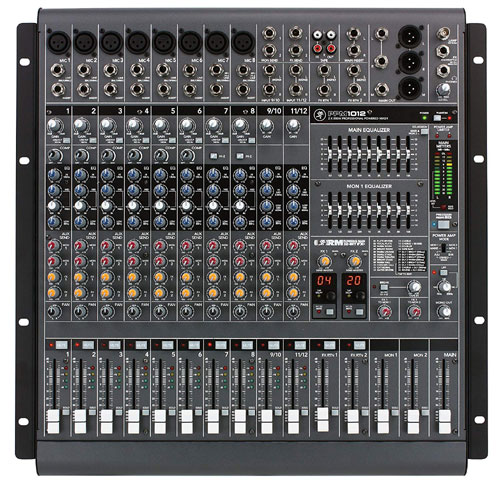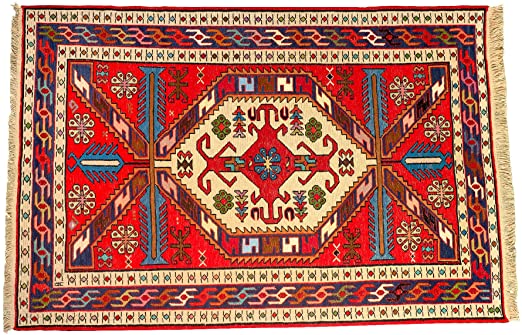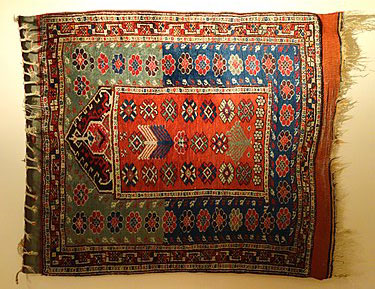
IMPORTANCE OF MOSQUE CARPET
The Mosque carpet has long been a luxury commodity sought by textile museums, rich collectors and wealthy merchants all over the world. The fame of the flying carpet of ‘Al’a Al-Din (Aladdin) added some emotional mystery and value to its already exceptional beauty and tangible quality. It is not surprising that carpets still represent one of the most valuable art items obtained by museums and wealthy families. Furthermore, carpeting is becoming one of the essential ingredients of today’s living standard in the modern world. Modern sophisticated manufacturing has made it one of the cheapest available flooring methods, whilst its comfort and warmth has increased its popularity becoming the largest used flooring system replacing the ceramics and mosaics.
Introduction of Masjid Carpet
Ritual purity is extremely important for Muslim prayers practices. As Islamic studies scholar Marion Katz explains, mosque carpets provide a protective layer between the worshiper and the ground, protecting the clothing from anything on ground that is polluting.
Masjid carpets have been traditionally produced for centuries in Muslim majority regions, sometimes known as “the rug belt,” spanning from Morocco to Central Asia and northern India. There is a wide variety of designs and materials. Islamic art historian Walter B. Denny, in “How to Read Islamic Carpets,” explains the different materials and symbolism in weaves used in these carpets.
For example, it is common to find symbols such as the prayer niche, a recess in the wall indicating the direction of Mecca; also a lamp, which is a reference to God; as well as flowers and trees that symbolize the abundance of nature in God’s paradise.
Prayer carpets that are used in homes are generally sized for one individual. Those used in mosques are much bigger, often with a motif showing a row of arches to indicate where each worshiper should stand in prayer.
Mosque carpets have been popular for centuries in Europe and beyond, often picking up symbolism, social meaning and ways of being used. Islamic carpets were popular among the wealthy of Europe, displayed proudly on the floor of their living rooms and on the walls.
Mosque Carpets designs have come down through generations. Some depict simple geometric patterns in rough wool, while other are produced by professional artisans for the elite and show hunting scenes and elaborate scenes of paradise.
Historical and Culturel Background
Muslims regard the carpet with special esteem and admiration. For the traditional Bedouin tribes of Arabia, Persia and Anatolia, the carpet was at the centre of their life being used as a tent sheltering them from the sand storms, a floor covering providing great comfort for the household, wall curtains protecting privacy, and useful items such as blankets, bags, and saddles. It was indeed a resourceful inspiration to make use of the abundant wool produced by their herds.
With Islam, another significant value was added to the mosque carpet, being a furniture of Paradise mentioned numerous times in the Qur‘an. For example in Chapter 88 (Surah), the carpet is counted as one of the riches the believer will be rewarded in the afterlife.
There is considerable material dealing with the history, nature and character of the Mosque carpet. Such material is published under three main themes: the Oriental carpet, the Masjid carpet, or under regional classification such as the Turkish carpet, or the Persian carpet and the like. Historic sources have established that the carpet tradition is a very old custom practised by early civilisations. Recent discoveries (dating from 1949) of a carpet in the tomb of a Scythian prince in Pazyryk in the Altai Mountains (southern Siberia) date back to the 6th century BCE. This carpet, now in the Hermitage Museum in Saint Petersburg, is the oldest extant knotted carpet. From a study of its knotting technique, as well as its decoration, it appeared clearly that the so-called “Pazyryk carpet” had a Persian origin. The next evidence available in the early development of the carpet consists of small 6th-century CE fragments from Turfan (east Turkestan), on the old silk road, which were discovered between 1904 and 1913. It appears clear from these two evidences that the carpet was first made in the region of what was to become later a substantial part of the Muslim world.
The earliest surviving Mosque carpet, however, are fragments found in Al-Fustat (old Cairo). The oldest of these belonged to the 9th century (821 CE), while the remaining were dated to 13th, 14th and 15th centuries [4]. Based on the form of their knots and decorative designs, these fragments were classified into two types. The first group included fragments having a knot similar to a later Spanish knot (knotted onto a single warp) and decorated with geometrical design similar to Spanish (Andalusian) carpets of the 15th century from Alcaraz. Therefore, these were considered to be the first prototype of the later Spanish design. The other category of fragments incorporated stylised animal presentations and were considered to be of Anatolian typology from the 14th and 15th centuries, when animal decorative designs were the fashion. The similarity to the Spanish and Anatolian carpets has made some historians think they were only Fatimid imports. However, the fame gained by the so-called “Cairene carpets” during the 17th century can only refer to the refinement reached by the Fustat carpet tradition.
Under the Seljuks, the Mosque carpet reached a high degree of proficiency of technique and high quality of design. Descending from Anatolian origins, the Seljuks brought with them the talent and tradition of carpet making and other arts as they spread their reign to Persia and Baghdad by the 11th century.
Ettinghausen, and many others, considered the Seljuks to be the real originators of the Muslim carpet. A study of two specimens of this period, found in museums of Turco-Islamic art in Istanbul and Konya, revealed the characteristics of the Seljuk carpet art. Carpets in the Istanbul Museum belonged to the Ala’ al-Din Mosque of Konya, dated back to 13th century when the mosque was first built, and Konya was the capital of the Seljuk of Rum (1081-1302). The carpets of the Konya Museum, however, were originally made for Eshrefoglu Mosque (Eşrefoğlu Camii) at Beyşehir, built in 1298. The carpets incorporated beautiful geometrical designs of stars framed by a band of calligraphy.

